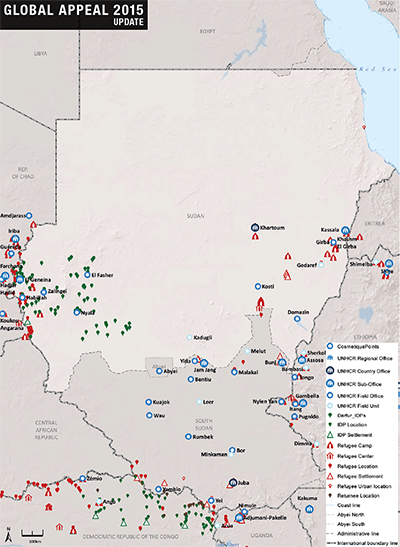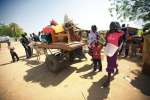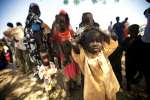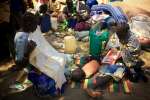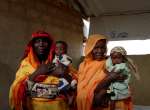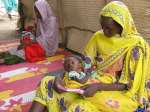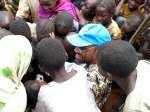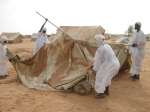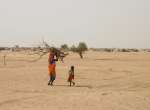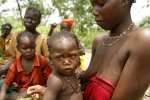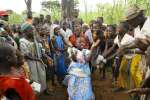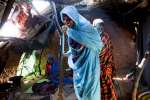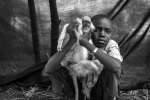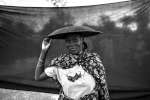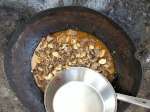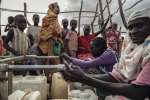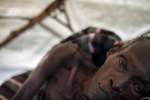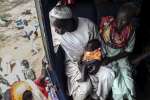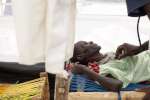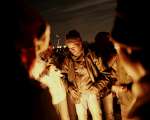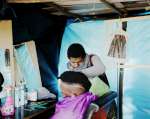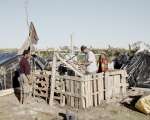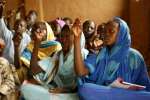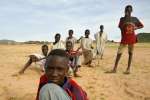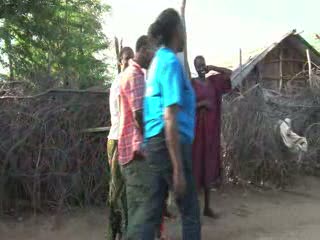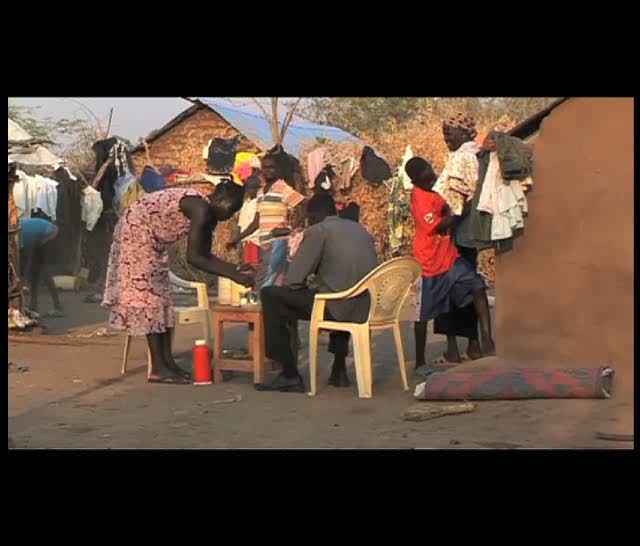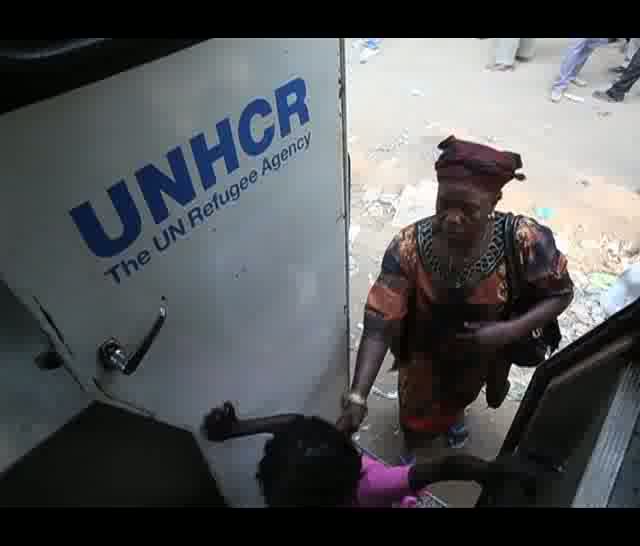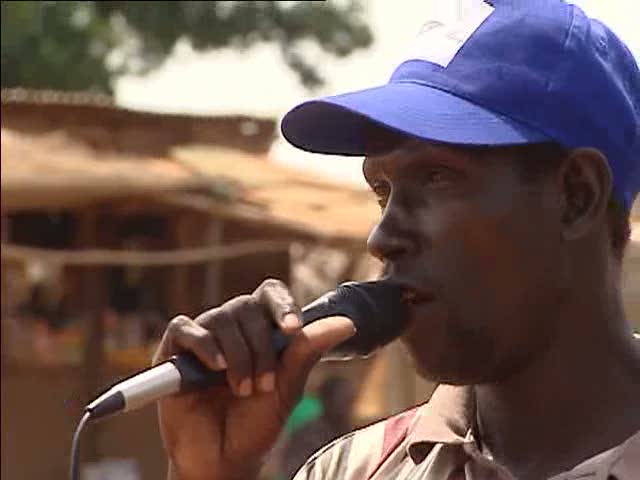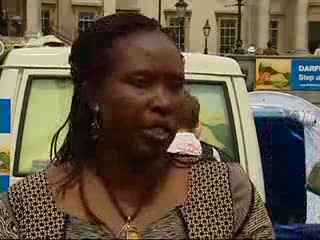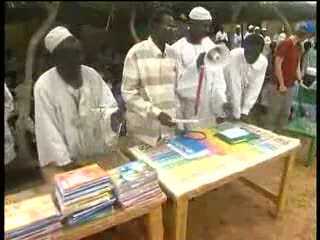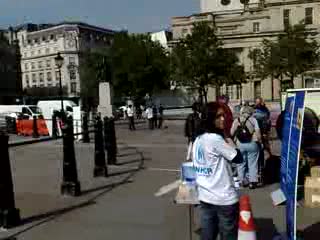Home > Where We Work > Africa > East and Horn of Africa > Sudan
2015 UNHCR country operations profile - Sudan
| Overview |
Working environment
-
The humanitarian environment in Sudan has deteriorated over the past two years, with new, conflict-induced internal displacement in Darfur. About 400,000 new internally displaced people (IDPs) were registered between January and August 2014 in the country. According to UN figures, 6.9 million people are in need of humanitarian assistance in Sudan. Latest estimates suggest that by the end of 2015, there could be up to 460,000 refugees and asylum-seekers in the country.
-
Sudan has a longstanding tradition of hospitality towards refugees and asylum-seekers, with 167,000 refugees and asylum-seekers currently hosted in eastern Sudan, Darfur and Khartoum. South Sudanese refugees have been allowed to move freely in the country, with more than 100,000 having sought safety in Sudan as of mid-October 2014; until there is a political solution in South Sudan, this number is likely to grow. The refugees' presence places additional pressure on resources, both for the country which is already affected by an economic downturn and for humanitarian partners who are stretched to respond to numerous emergencies.
-
Humanitarian access, particularly for international staff, remains restricted in some areas, hampering UNHCR's ability to fulfil its mission.
-
An increased number of refoulement cases were reported during the first half of 2014. The authorities suspended a number of activities that had supported the longstanding refugee population in eastern Sudan. A new asylum act was passed in 2014 but its provisions maintain a restricted freedom of movement for refugees.
-
Sudan has been playing a proactive role in addressing human trafficking, a phenomenon which concerns the entire Horn of Africa. An anti-trafficking law was passed in 2014 and the number of verified incidents has declined since 2012.
People of concern
Populations of concern to UNHCR in Sudan include: Eritrean refugees and asylum-seekers, mainly residing in the east and in Khartoum; refugees from South Sudan having fled violence in their country since December 2013; IDPs, of which several hundred thousands were newly displaced in 2014, overtaking the Office's planning figures; people of South Sudanese origin, who have been living in Sudan since the secession and remain at risk of statelessness.
| UNHCR 2015 planning figures for Sudan* | |||||
|---|---|---|---|---|---|
| Type of population | Origin | January 2015 | December 2015 | ||
| Total in country | Of whom assisted by UNHCR |
Total in country | Of whom assisted by UNHCR |
||
| Total | 2,329,100 | 1,875,040 | 2,596,640 | 2,098,950 | |
| * An estimated 300,000-350,000 people of South Sudanese origin were living in Sudan before the conflict that broke out in South Sudan in December 2013. Current information indicates that the majority of these individuals should in principle be able to acquire documentation confirming that they are South Sudanese nationals. | |||||
| Refugees | Chad | 8,910 | 8,830 | 9,540 | 9,440 |
| Eritrea | 117,320 | 89,800 | 125,530 | 96,090 | |
| South Sudan | 51,340 | 50,540 | 101,440 | 100,580 | |
| Various | 5,470 | 2,340 | 5,850 | 2,500 | |
| People in refugee-like situations | Central African Rep. | 2,280 | - | 2,430 | - |
| Chad | 35,740 | 5,140 | 38,240 | 5,500 | |
| Asylum-seekers | Dem. Rep. of the Congo | 930 | 870 | 990 | 930 |
| Eritrea | 2,660 | 670 | 2,850 | 710 | |
| Ethiopia | 7,280 | 1,020 | 7,790 | 1,090 | |
| Various | 700 | 350 | 750 | 380 | |
| Returnee arrivals during year (ex-refugees) | Sudan | 12,000 | 12,000 | 10,000 | 10,000 |
| Internally displaced | Sudan | 1,976,000 | 1,680,000 | 2,174,000 | 1,848,000 |
| People in IDP-like situations | Sudan | 85,000 | - | 93,500 | - |
| Returnee arrivals during year (ex-IDPs) | Sudan | 20,000 | 20,000 | 20,000 | 20,000 |
| Others of concern | Ethiopia | 3,420 | 3,420 | 3,660 | 3,660 |
| Various | 70 | 70 | 70 | 70 | |
| Response |
Needs and strategies
In 2015, the influx from South Sudan is expected to continue, with the current estimate at 130,000 South Sudanese refugees by the start of the year. UNHCR will continue to lead and coordinate the response to this, in support of the Government's efforts. It will advocate a predictable legal framework for newly arrived South Sudanese, to ensure they can access the rights and entitlements affirmed in public statements by the authorities.
The influx from Eritrea is also expected to continue in the east, with more than 1,000 new arrivals per month. Eighty per cent of the new arrivals tend to continue their journey onwards, including unaccompanied minors, and many are facing serious protection risks, such as human trafficking. UNHCR will continue advocating for their access to asylum and will aim to consolidate counter-trafficking achievements. It will pay special attention to people with specific needs, notably by implementing targeted interventions for children.
Following the Government's suspension of activities planned under the Transitional Solutions Initiative (TSI) in 2014, the authorities have reviewed their approach and are determining strategic self-reliance interventions that will benefit both refugees and host communities.
In Khartoum, a population assessment of urban refugees and asylum-seekers was completed in 2014 and will help determine a strategy to address the needs of around 32,000 urban refugees. This will build on the registration of refugees in Khartoum, carried out jointly by UNHCR and the Commissioner for Refugees (COR). Key areas for interventions will include livelihoods, education and health.
UNHCR will strengthen national partnerships to respond to new displacement and potential returns from asylum countries, as well as anticipated new arrivals from South Sudan. It will support community-based interventions to avoid conflict between returnees and host populations over scarce resources in highly volatile regions.
The risk of statelessness, mainly for populations at risk following the independence of South Sudan, will be addressed by providing legal advice. UNHCR will support procedures to confirm nationality and documentation for South Sudanese to prevent statelessness and enhance their protection. In parallel, the organization will pursue a large-scale documentation campaign for South Sudanese in Sudan.
UNHCR is reviewing its engagement with IDPs in Darfur owing to access constraints. It will continue to lead the protection and emergency shelter/non-food items (NFI) sectors and focus on enhancing emergency response to new displacement, addressing acute protection needs in selected IDP camps. For refugees in Darfur, the Office will pursue its planned interventions to provide protection and assistance, and to promote durable solutions.
| Implementation |
Coordination
UNHCR will continue to work closely with its main governmental counterpart, the COR, and relevant governmental entities, in particular the Ministry of the Interior, the Ministry of Foreign Affairs and the Ministry of Justice.
Strong partnerships have also been established with the Humanitarian Aid Commission for internal displacement and issues related to the South Sudanese. In Darfur, the Office liaises with the Darfur Regional Authority and the African Union/United Nations Hybrid operation in Darfur (UNAMID) and will remain fully engaged in the UN Country Team and Humanitarian Country Team, including through its role in the inter-agency cluster arrangements.
The new Refugee Coordination Model will continue to be applied in response to the South Sudanese emergency situation and UNHCR will be actively engaged in related inter-agency initiatives, including the Regional Response Plan.
| 2015 UNHCR partners in Sudan |
|---|
| Implementing partners |
| Government agencies: Commissioner for Refugees, Commission for Voluntary and Humanitarian Works, Humanitarian Aid Commission, Gedaref State authorities, Ministry of Social Affairs (South Darfur), Ministry of Social Development, Women and Child Affairs (South Kordofan), Ministry of Social Welfare for Child Protection (Kassala), Ministry of Social Welfare and Humanitarian Affairs (Blue Nile), Refugee Counselling Services, South Sudan Directorate of Nationality, Passports and Immigration |
| NGOs: Africa Humanitarian Action, Al Fanar Psychosocial Rehabilitation Centre, Al Manar Voluntary Organization, Cooperazione Internationale, Danish Refugee Council, El Sugya Charity Organization, Global Health Foundation, HelpAge International, Human Appeal International, Labena Organization for Women's Development, Organization for Voluntary Humanitarian Assistance Programme, People Legal Aid Centre, Save the Children Sweden, Sudan Organization for Development, Sudanese Red Crescent Society, Triangle Génération Humanitaire, Windle Trust International, World Vision Germany, World Vision International |
| Others: UNOPS |
| Operational partners |
| African Union, FAO, ICRC, IOM, OCHA, UN-Habitat, UNHAS, UNAMID, UNDP, UNFPA, UNICEF, UNIDO, UNV, WFP, WHO, World Bank |
| Financial information |
UNHCR's financial requirements for the programme in Sudan have been going down since 2011. However, the initial 2014 budget of USD 97.4 million has been increased owing to the unexpected level of arrivals of South Sudanese refugees: the corresponding additional requirements of USD 54.4 million for 2014 were presented in a supplementary appeal.
Compared to the initially-approved budget for 2014,the financial requirements for 2015 will be significantly higher, as they include the needs estimated for the South Sudanese refugees. Should the emergency needs for South Sudanese refugees continue to expand in 2015, a supplementary appeal for additional requirements will be issued.
In total, UNHCR's budget for 2015 has been set at USD 130.6 million, including USD 97.1 million for refugee activities and USD 30.5 million for IDPs. Almost USD 3.1 million has been allocated to the stateless programme.
Source: UNHCR Global Appeal 2015 Update
UNHCR contact information
| The UNHCR Representation in Sudan | |||||||||||||||
|---|---|---|---|---|---|---|---|---|---|---|---|---|---|---|---|
| Style of Address | The UNHCR Representation in Sudan | ||||||||||||||
| Street Address | Ahmed Kheir Street (North of Farouk Cemetery), Khartoum, Sudan | ||||||||||||||
| Mailing Address | P.O. Box 2560, Khartoum, Sudan | ||||||||||||||
| Telephone | +249183471013 | ||||||||||||||
| Facsimile | +249183473101 | ||||||||||||||
| SUDKH@unhcr.org | |||||||||||||||
| Time Zone | GMT + 3 | ||||||||||||||
| Working Hours |
|
||||||||||||||
| Public Holidays | 03 January 2016, new year 04 January 2016, Independence day 01 May 2016, easter sunday 06 July 2016, eid al fitr 11 September 2016, eid al adha 02 October 2016, hijri new year 24 October 2016, un day 25 December 2016, christmas day |
||||||||||||||
| Comments | New Year's Day Friday 1 January 2016 observed on Sunday 03 Jannuary 2016 Independence Day Friday 1 January 2016 Observed on Monday 04 January 2016 * Easter Sunday 01 May 2016 Observed on Sunday 01 May 2016l 2016 #* Eid Al-Fitr Wensday 06 July 2016 Observed on Wensday 06 July 2016 & Thursday 07 July 2016 @* Eid Al-Adha Sunday 11 September 2016 Observed on Sunday 11 September 2016 & Monday 12 September 2016 @* UN Day Monday 24 October 2016 Observed on Monday 24 October 2016 Hijri New Year Sunday 02 October 2016 Observed on TSunday 02 October 2016 @* Christmas Day Sunday 25 December 2016 Observed on Sunday 25 December 2016 * Taken in lieu of the actual holiday day # Easter Sunday is observed this year by the Christian communities on the same day ## Celebrated for the first time in 2014 Please note that holidays depending on the lunar calendar will aligned with the official list of the Government at the time The Opening date of the office :15 September 1968 |
||||||||||||||
| Style of Address | The UNHCR Sub-Office In Kassala | ||||||||||||||
| Street Address | Wali Street,, Block 12, Plot 213, Kassala, Sudan | ||||||||||||||
| Mailing Address | C/o UNHCR Representation Office Khartoum, P.O. Box 2560, Khartoum, Sudan | ||||||||||||||
| Telephone | 249 411 829 003 | ||||||||||||||
| Facsimile | 249 411 829 001 | ||||||||||||||
| Time Zone | GMT + 3 | ||||||||||||||
| Working Hours |
|
||||||||||||||

